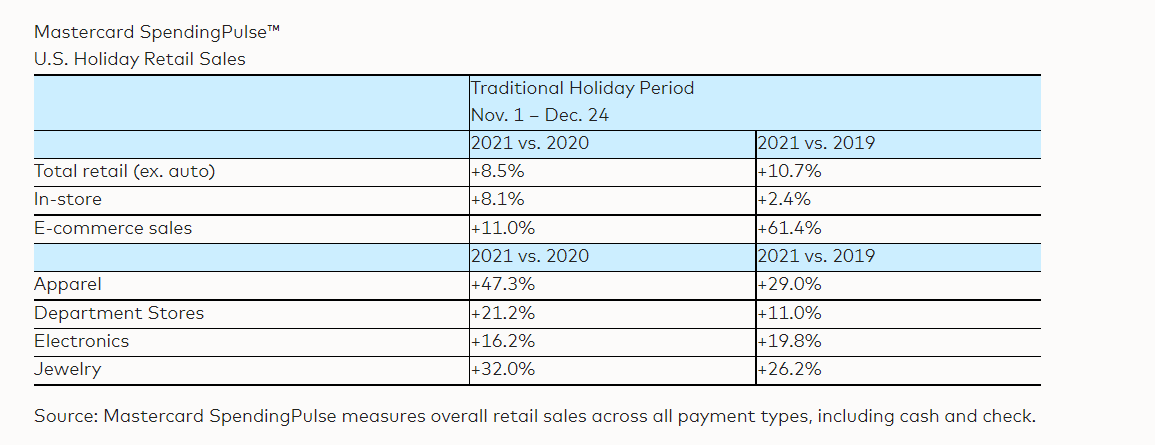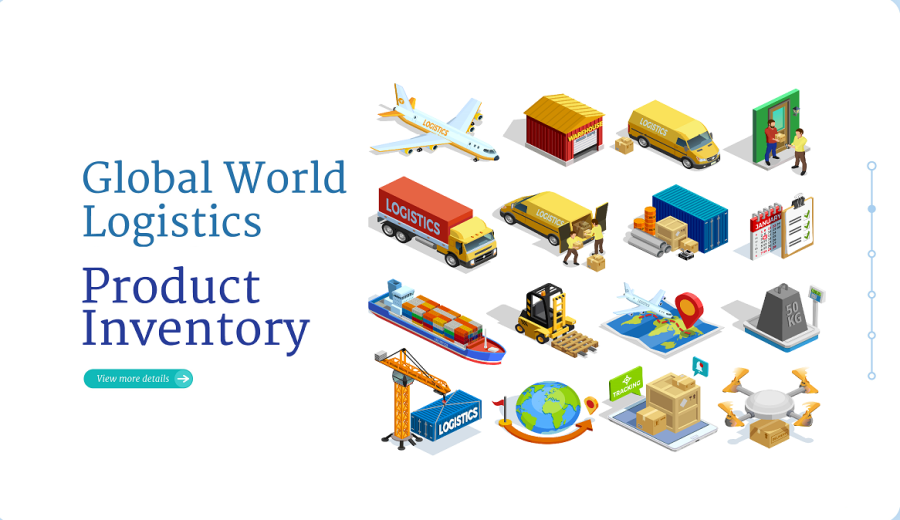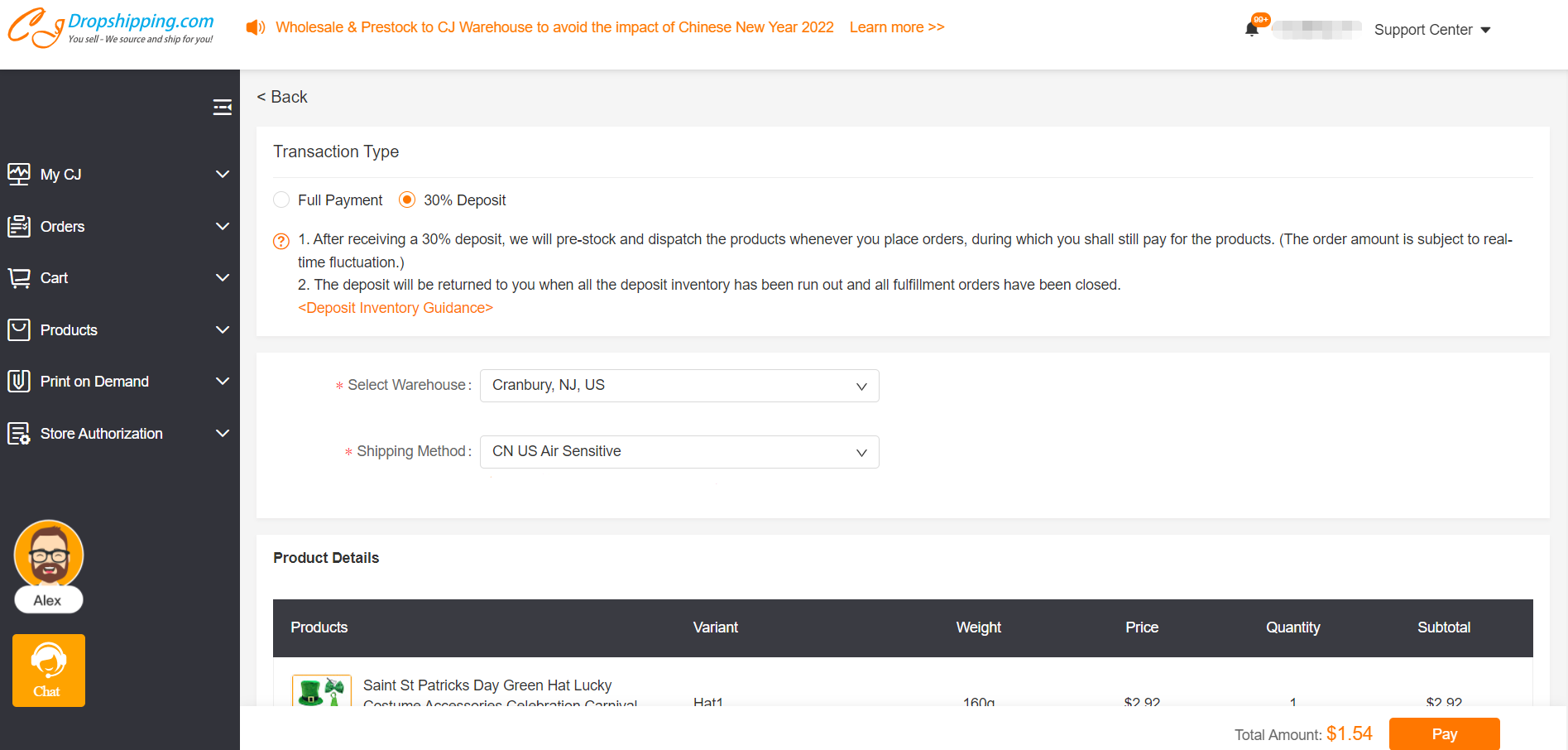The pandemic has completely changed people’s shopping habits and the global eCommerce business didn’t stop growing in 2021. In terms of the data from Mastercard, US eCommerce sales got another 11% increase from 2020 to 2021.
Not only in the US, according to market research firm PYMNTS, mobile commerce in cross-border trade in Europe is also expected to have a 70% increase over the next five years. As for the Mexican eCommerce market, it is also going to be seen a growth of 100% in 2022 which is predicted by AMVO.
Online sales are streaming in, but the supply chain chaos in 2021 did bring merchants over the world more headaches and losses throughout the whole year. Yet this impact still continues now.
Shipping & storage costs go up overwhelmingly but the estimated processing time is longer than ever. From port congestion to labor shortage, from Omicron to natural disasters. Nearly 7,700 flight delays and more than 2,500 flight cancellations have been recorded worldwide during the Christmas holiday alone.

When will supply chain bottlenecks be solved? What are we facing this year? Here’s the list of 5 main aspects to watch in 2022.
1. Keeping higher levels of inventory tends to be more and more merchants’ choice to lower their cost and risk effectively.
When merchants are making efforts to lower the risk of the disruptions caused by pandemics, it always comes at a cost of paying more for the supply chain. Moreover, inflation also becomes an obstacle to handling their spending and estimated profit.
To find a balance between shorter reaction time and higher reliability, more and more sellers tend to choose to restock. Keeping higher levels of inventory in the nearest local warehouses is one of the best solutions to do this.
For dropshippers, this method goes against their business model and brings them more pressure on the cost.
To reduce their stress on the inventory cost and shorten the processing time, CJ has launched a new option. Sellers only need to pay a 30% deposit and stock their inventory beforehand, then a deposit preorder stock will be ready to use.
2. Ocean freight rates will stabilize but still be higher than it was 2 years before.
Learned the lesson in 2021, there will be more spots on ships, more containers, and more ships on the sea freight market.
A 2-3% increase in export by containers is expected to occur. Besides, the global fleet will also jump 1.5% with more new players showing up in 2022.
2022 will see some easing in the ocean freight price thanks to the new supply. According to Forbes, container shipping rates in the USA are estimated to drop by about 30% but still can not go back to the level it was 2 years before.
Sourced from Forbes
3. Airfreight will be in stronger demand but the labor shortages may lead to slower processing.
For now, the global eCommerce business is still growing rapidly and restocking from merchants. As an alternative transportation mode to sea freight, the demand for air cargo will continue to rise by 13.2% in 2022 according to the forecast by IATA.
However, the air freight market is going to face new challenges like labor shortage. And the imbalance between growing demand and capacity still has not recovered completely in the market.
4. Carriers control the prices, improving flexibility and shortening reaction time are keys to growth.
With the growing volumes of eCommerce sales, demand for order fulfillment and delivery services are hence increasing rapidly.
Obviously, even though regional delivery carriers have tried their best to expand capacity to meet the need, they are reaching the overloaded borderline.
Carries will continue to hold the pricing, and for shippers with big volumes, there may still be not so many options for them to choose from.
Big carriers like USPS have made the declaration that they will bring a more enhanced local delivery chain in 2022. But they’re still many challenges awaiting that people are afraid to be disheartened like capacity crunches, more labor shortages, natural disasters, traffic, parking, etc.
And all of these uncertainties will make it more difficult for shippers to estimate volume during peak seasons.
For customers nowadays, their main request is undoubtedly faster and safer delivery. With that said, flexibility and reaction time are vital for carriers to grow and provide better services.
Source from technavio
5. Supply chain disruptions will be reduced but could not vanish away in the short term.
Unexpected changes hit people so fast, however, it seems to take us forever to recover from the impacts left.
Some experts have given their estimated time range to 2023, yet people’s confidence seems not to be ready even though we have become more used to living in a “new normal”.
Every moment from now on is so precious for sellers worldwide to review their supply chain management and adjust business strategies timely.




.jpg)





